Head-To-Head: Apple iPhone 8 Vs. Google Pixel 2
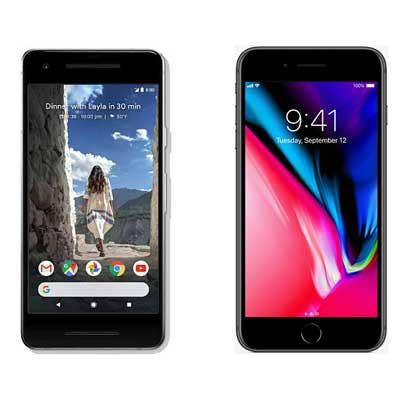
Face Off
Not everyone is looking for a huge amount of screen space on their smartphone. Which is why many vendors continue making phones with modestly sized displays even as "all-screen" devices come into vogue. Two smaller phones released this fall are Apple's iPhone 8 and Google's Pixel 2, both of which come with much of what's enticing about their larger-screened counterparts -- but with less of a display footprint. Which is the better fit for you? In the following slides, the CRN Test Center compares Apple's iPhone 8 vs. Google's Pixel 2 on specs and price.
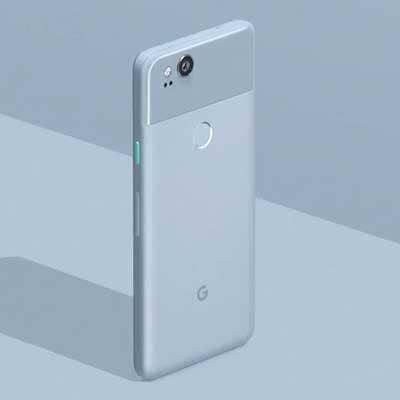
Display
As mentioned, the iPhone 8 and Pixel 2 are to some degree bucking the trend around big screens. They also both include larger bezels around the display than you'll find on other new devices such as the iPhone X, the Samsung Galaxy Note 8, and the Pixel 2 XL.
In terms of size, the Pixel 2 is larger, with a 5-inch screen versus the 4.7-inch display on the iPhone 8. The Pixel 2 also features higher resolution at 1,920 x 1,080, along with OLED display technology for improved colors and contrast. The iPhone 8 has fewer pixels at 1,334 x 750 and also uses LCD rather than OLED. But Apple's bright and colorful Retina technology for the display goes a long way toward compensating. In addition, Apple has introduced a new feature with the iPhone 8, called True Tone, which helps colors to appear more vivid than they typically would on an LCD display.
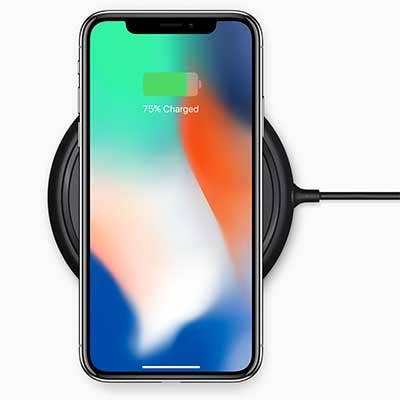
Processor & RAM
Both the iPhone 8 and Pixel 2 feature processors that combine major performance with battery efficiency. The iPhone 8 uses Apple's new six-core A11 Bionic -- the same processor that powers the higher-end iPhone X device -- which reportedly runs at up to 2.39GHz. Two cores are meant for providing top performance, while the rest are aimed at providing better battery efficiency for less-intensive use.
The Pixel 2 includes the eight-core Snapdragon 835, which is clocked at up to 2.45GHz and is the fastest Qualcomm mobile processor currently on the market. Google also packs 4 GB of RAM into the Pixel 2, which is double that of the iPhone 8. Both phones will no doubt offer amazing performance -- thanks also to the fact that Apple and Google are responsible for the underlying operating systems of the phones in addition to the hardware.
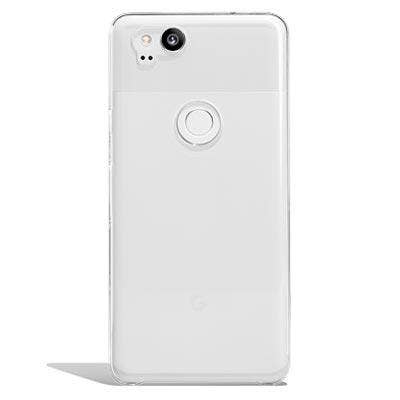
Camera
Unlike its larger-screened iPhone 8 Plus counterpart, the iPhone 8 does not feature a dual-camera setup. Neither does the Pixel 2. However, Google boasts that the Pixel 2's 12.2-megapixel rear camera has received the highest rating yet for a smartphone camera by research firm DxOMark. The camera includes optical image stabilization, improved autofocus, and a new type of portrait mode.
The iPhone 8 features a 12-megapixel rear camera with optical image stabilization, 5X digital zoom, and special calibration to work with augmented-reality apps, according to Apple.
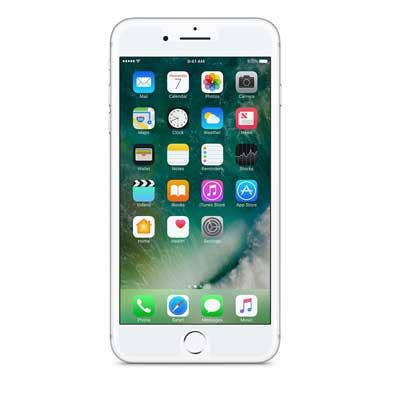
Battery Life
Google hasn't provided estimates on battery life for the Pixel 2, other than promising that the phone will offer "all day" usage. Apple says the iPhone 8 offers up to 12 hours of Internet use on a charge. Notably, however, Google includes a larger battery, 2,700mAh, than Apple has in the iPhone 8, which reportedly features a 1,821mAh battery.
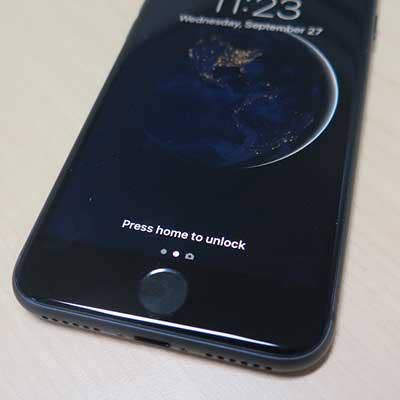
Connectors
Google has done an about-face with the Pixel 2 by removing the 3.5mm headphone jack, following Apple's example. The iPhone 8, like the prior-generation iPhones, doesn't have a headphone jack either, of course. The Pixel 2 uses a USB-C port as the only connector, and Google includes an adapter to convert a 3.5mm headphone cord to USB-C. Likewise, the iPhone 8 -- which has a Lightning port for charging and data transfer -- comes with a Lightning-to-headphone adapter.
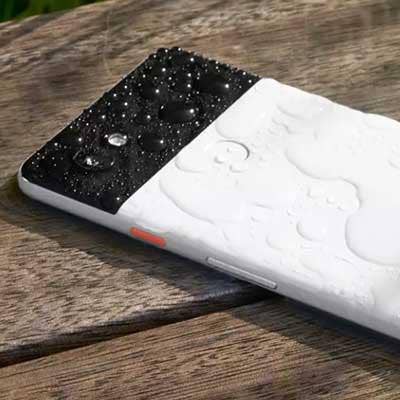
Water Resistance
Both the Pixel 2 and iPhone 8 feature strong ratings on water resistance. The devices have the same rating, actually -- IP67. That means the devices can be expected to withstand a half hour under water, as much as 3.3 feet deep.
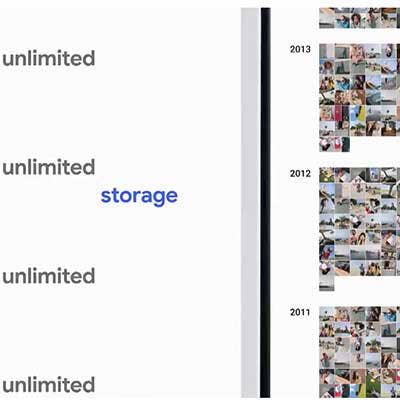
Storage
Google offers two configurations for the Pixel 2 in terms of internal storage -- 64 GB and 128 GB. Pixel 2 owners also get unlimited free cloud storage for all photos and videos that they shoot with the phone. Apple is offering the iPhone 8 with slightly different configurations on internal storage -- 64 GB and 256 GB.
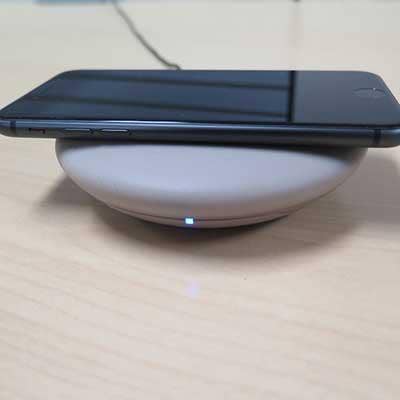
Special Features
Both the Pixel 2 and iPhone 8 provide fast-charging capabilities. But only the iPhone 8 enables wireless charging, using a Qi charging pad (sold separately).
One area where the Pixel 2 stands out is on its integration of the Google Assistant, a voice-controlled assistant that's proven to be terrific at answering questions and accomplishing tasks in our tryouts (much more so than Apple's Siri assistant).
One new feature that's debuted with the Pixel 2 is Google Lens, which uses computer vision and machine learning to look up information by pointing the phone at a structure or object -- such as buildings, books, and artwork. Google Lens also can copy email addresses, phone numbers, and URLs automatically.

Price
Despite having the larger screen, more RAM, and a better virtual assistant, the Google Pixel 2 is the less-expensive device vs the Apple iPhone 8. The starting price for the Pixel 2 is $649, compared to the $699 starting price for the iPhone 8. Both of those prices are for models with 64 GB of internal storage.
For double the storage on the Pixel 2 -- 128 GB -- Google adds $100 to the price, bringing the phone up to $749. And for quadruple the internal storage on the iPhone 8 -- 256 GB -- Apple adds $150 to the price, bringing it to $849.